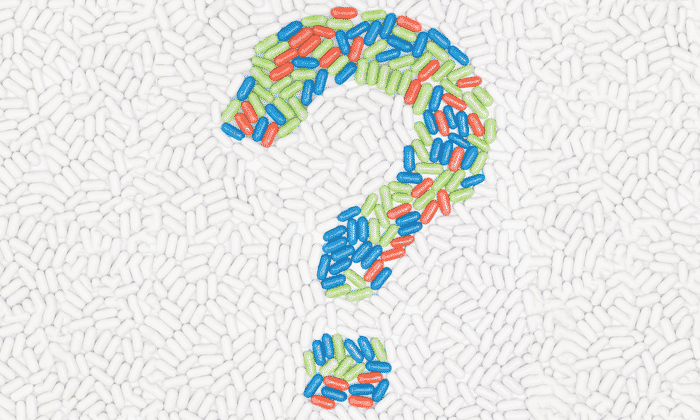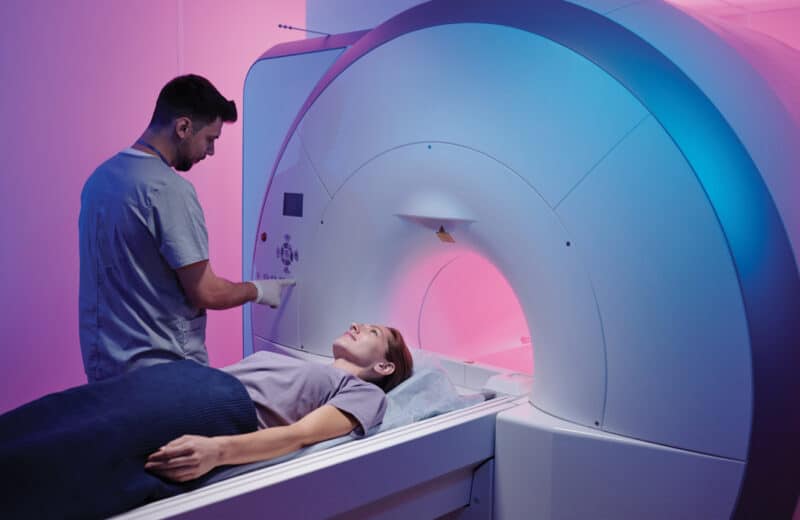Simplifying patient communication can lead to better health outcomes
By Eve Becker
When patients leave the doctor’s office, the control of their care is largely in their own hands. They are responsible for taking their medication and implementing the doctor’s instructions on their own, at home.
But if patients don’t adequately understand those instructions, they are less likely to carry out their treatment regimen. In fact, nearly nine out of ten adults have difficulty using the everyday health information that is routinely available in healthcare facilities, retail outlets, media and communities, according to the National Assessment of Adult Literacy (NAAL).
Enter the field of health literacy, which aims to help physicians increase patient communication, speak in plain language and write clear prescriptions with easy-to-understand instructions.
Limited health literacy is associated with poorer health outcomes and higher healthcare costs, affecting adults in all racial and ethnic groups, according to NAAL. About 35 percent of adults in the United States have basic or below-basic health literacy levels, while only 12 percent have a proficient level.
The Health Literacy and Learning Program (HeLP) at Northwestern University aims to promote health literacy by researching how to improve patient communication, developing plain-language materials and training medical students to better communicate basic information. The program is a multidisciplinary collaboration between Northwestern’s Feinberg School of Medicine and the School of Education
and Social Policy.
“The challenge is on a health system to figure out how to meet the diverse needs of the people they serve,” says Michael Wolf, PhD, MPH, founding director of HeLP and professor of medicine and learning sciences at Feinberg.
Older patients manage an increasingly complicated medication schedule with multiple prescriptions taken at various times of the day, which can be hard to keep track of.
Much of Wolf’s recent work has focused on medication adherence, helping patients by getting rid of vague language on pill bottles.
“We took away, ‘Take two tablets twice daily’ and replaced it with, ‘Take two in the morning and two at bedtime,’ and all of the sudden that’s more clear. If you’ve got seven or eight medicines, now you know what your morning and bedtime medicines are,” Wolf says.
It’s important to teach medical students to effectively engage and communicate with the communities they serve, says Kohar Jones, MD, director of community health and service learning at the University of Chicago Pritzker School of Medicine and a family physician at the Chicago Family Health Center in the South Chicago neighborhood.
Jones talks to medical students about how to translate the medical information into human information. Ideally the communication should be at an 8th-grade level or simpler. “Medicine is a language unto itself, rooted in Greek and Latin words,” she says. “You can say, ‘there’s erythema,’ or you can say, ‘there’s redness.’ You can say, ‘you have bronchoconstriction’ or you can say, ‘your air tubes are tight.’”
Hospitals and physicians need to figure out how to communicate better to patients who are not of the same language and the same culture, says Susan R. Levy, PhD, professor emerita of public health and education at the University of Illinois Hospital & Health Sciences System.
“If a patient can’t understand what they are supposed to do in order to improve their health, then the quality of care and the outcome [are] not going to be as good,” Levy says.
It is increasingly recommended that physicians use a teach-back technique to confirm patients’ understanding, rather than simply asking, “Do you understand?”
“You want to make sure that patients have heard you clearly,” Wolf says. “A teach-back technique is basically to say: ‘I’ve given you a lot of information today, and I’m not sure whether I’ve said it clearly. So can you take a moment to teach back to me what you’ve heard me say today, so I can make sure you have an adequate understanding and to see whether I need to do a better job of explaining things?”
Studies show that people who understand health instructions make fewer mistakes when they take their medicine or prepare for a medical procedure. They may also get well sooner or be able to better manage a chronic health condition. And that’s something worth knowing.
Published in Chicago Health Winter/Spring 2014












